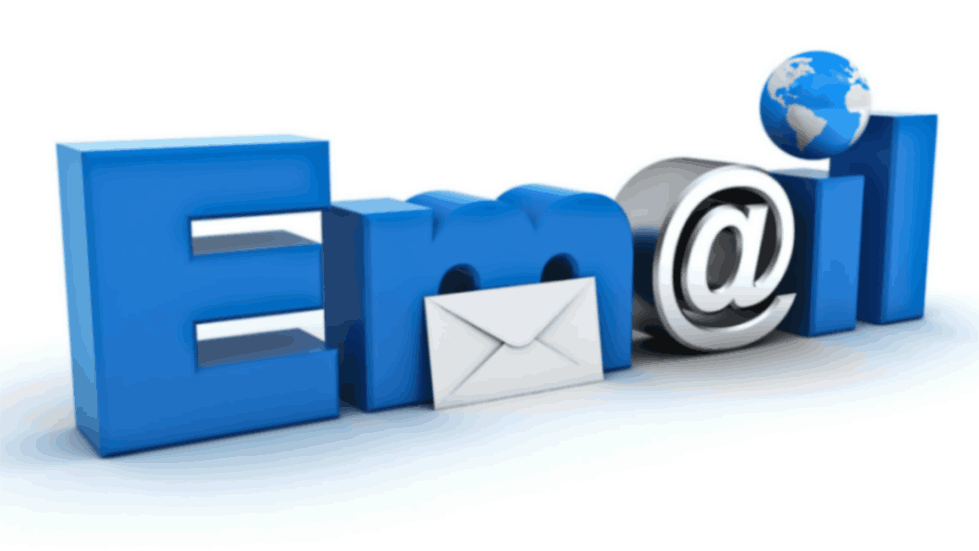
In the dynamic world of healthcare, email marketing stands out as a vital tool for doctors to engage with patients, build trust, and enhance their practice’s visibility. By following the best practices outlined below, doctors can ensure their email marketing efforts are both effective and compliant.
Personalization goes beyond just addressing the recipient by name. Customized emails that consider the patient’s history, preferences, and previous interactions can significantly enhance engagement. Tailor content to meet your patients’ unique needs, making them feel valued and understood.
A well-designed email that reflects your practice’s brand is crucial. Professional email templates that are clean, easy to read, and mobile-friendly can make a significant difference. Ensure your emails include your logo, consistent color scheme, and clear call-to-action buttons.
Segmentation involves dividing your email list into specific groups based on criteria such as age, medical history, or appointment frequency. Targeted email campaigns ensure that the content is relevant to each group, increasing the likelihood of engagement and response.
Emails should offer more than just promotional content. Educational content such as health tips, updates on medical advancements, and information on upcoming events or webinars can position you as a trusted resource. This approach not only informs but also builds patient loyalty.
Compliance with HIPAA (Health Insurance Portability and Accountability Act) is non-negotiable in healthcare email marketing. Secure email platforms and encryption are essential to protect patient information. Always obtain explicit consent before sending emails and include an easy opt-out option.
A significant portion of emails is opened on mobile devices. Ensure your emails are mobile-optimized, with responsive design, concise text, and easily clickable links and buttons. This enhances the user experience and ensures your message is accessible on any device.
The subject line is the first thing a recipient sees, and it determines whether the email will be opened. Compelling subject lines that are clear, concise, and intriguing can significantly increase open rates. Personalization and urgency can also be effective strategies.
Regular testing and analysis are crucial for refining your email marketing strategy. A/B testing different elements such as subject lines, content, and design can provide insights into what works best. Use analytics to track open rates, click-through rates, and conversions.
Consistency is key to keeping your patients engaged. Establish a regular email schedule that patients can anticipate, whether it’s a monthly newsletter or bi-weekly updates. Consistent communication helps to build a relationship and keeps your practice top-of-mind.
Every email should have a clear and compelling call to action (CTA). Whether it’s scheduling an appointment, registering for a webinar, or downloading a health guide, the CTA should be prominent and easy to follow. This directs patients to take the desired action, driving engagement and conversions.
Implementing these email marketing best practices can significantly enhance your engagement with patients, build trust, and grow your practice.
At Healthcare Marketing Agency, we offer a comprehensive range of services to help healthcare professionals enhance their online presence and attract more patients. Our services include:
For more detailed strategies and insights on healthcare marketing, visit the Healthcare Marketing Agency.
An effective healthcare email marketing campaign for doctors in Dubai should include the following key elements:
Segmenting your email list allows you to send more relevant and personalized content to different groups of doctors. Here are some ways to segment your list:
To engage doctors in Dubai, consider including the following types of content in your emails:
It’s crucial to strike a balance in the frequency of your email campaigns. Sending too many emails can overwhelm recipients, while too few may lead to disengagement. Here are some guidelines:
To ensure high open and click-through rates for your email campaigns, consider the following best practices: